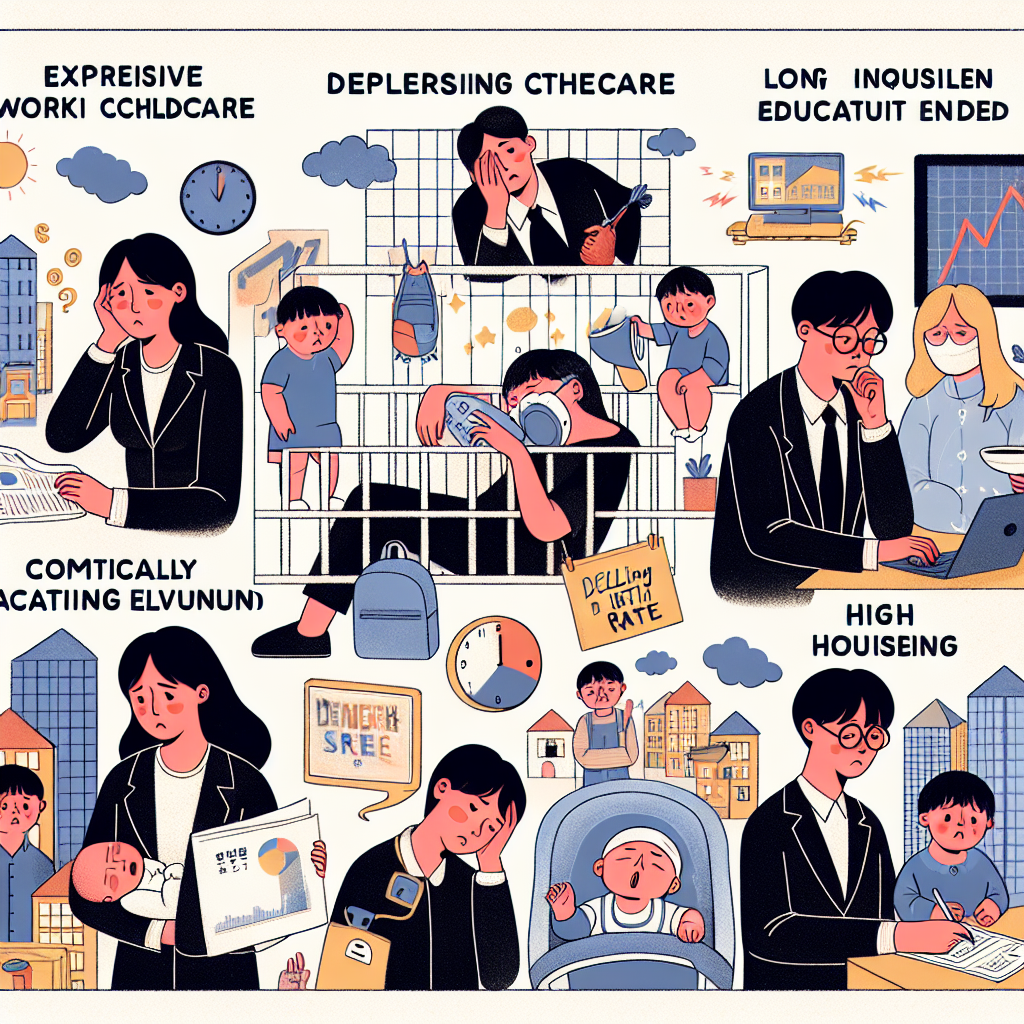Exploring the Causes Behind South Korea’s Declining Birth Rate
Exploring the Causes Behind South Korea’s Declining Birth Rate
Introduction
South Korea is facing a significant demographic challenge as its birth rate continues to decline. This trend poses potential economic and social issues for the country. Understanding the underlying causes is crucial for developing effective solutions.
Key Factors Contributing to the Decline
Economic Pressures
- High Cost of Living: The rising cost of housing, education, and childcare makes raising children financially daunting for many families.
- Job Insecurity: Unstable job markets and the prevalence of temporary employment contracts discourage young couples from starting families.
Social and Cultural Influences
- Changing Gender Roles: As more women pursue higher education and careers, traditional family roles are shifting, leading to delayed marriage and childbirth.
- Work-Life Balance: Long working hours and demanding job expectations leave little time for family life, deterring couples from having more children.
Government Policies and Support
- Insufficient Support Systems: Despite government efforts, existing policies and incentives are often seen as inadequate or poorly implemented.
- Lack of Comprehensive Childcare: Limited access to affordable and quality childcare services remains a significant barrier for working parents.
Conclusion
South Korea’s declining birth rate is a multifaceted issue driven by economic, social, and policy-related factors. Addressing these challenges requires a holistic approach that includes improving economic stability, promoting gender equality, and enhancing government support systems. By tackling these issues, South Korea can work towards reversing the trend and securing a sustainable future.


































